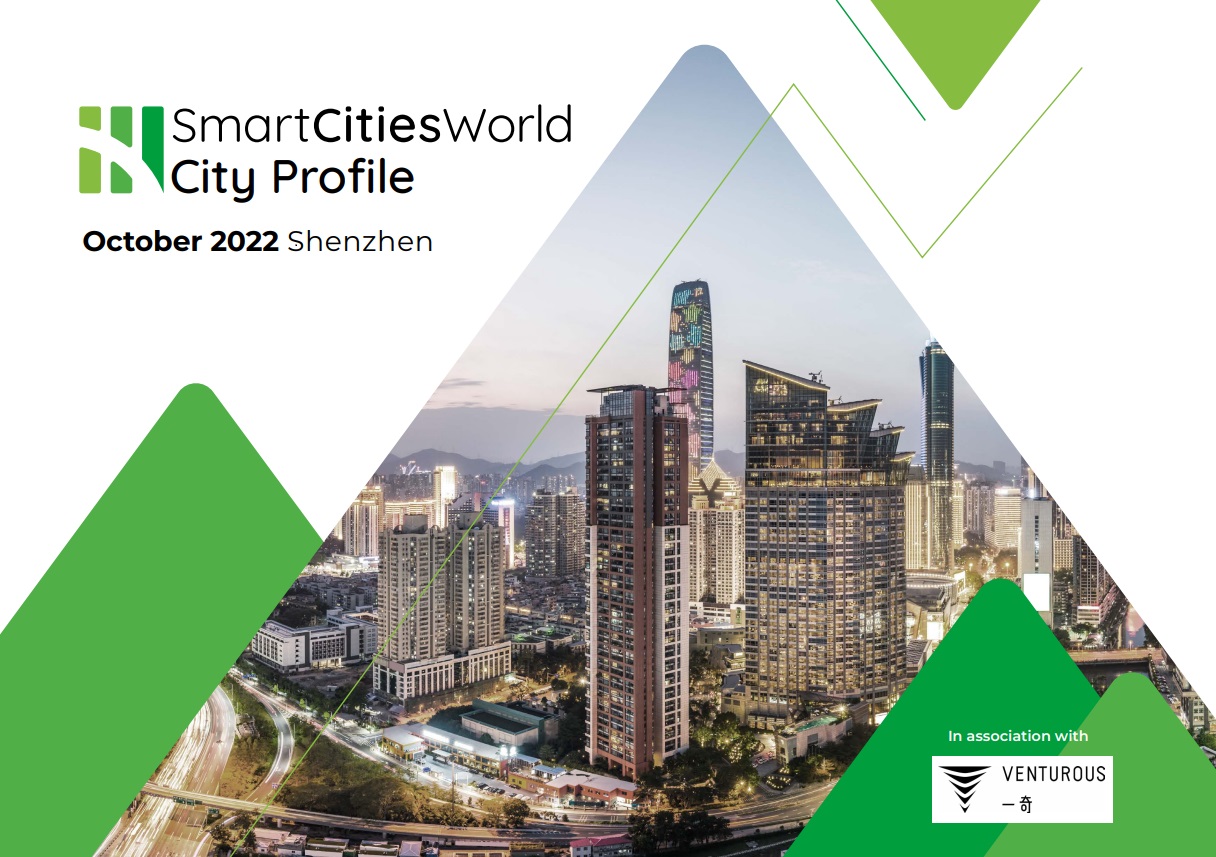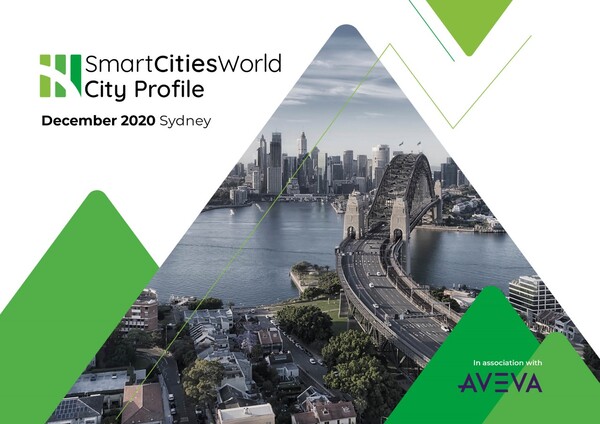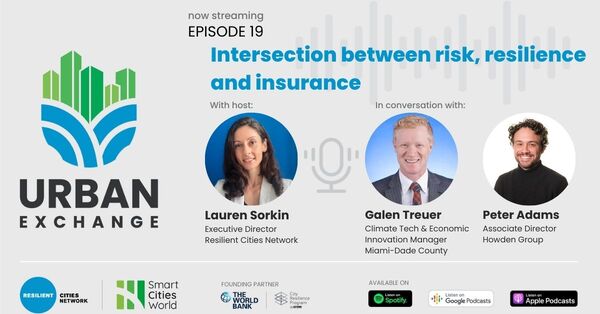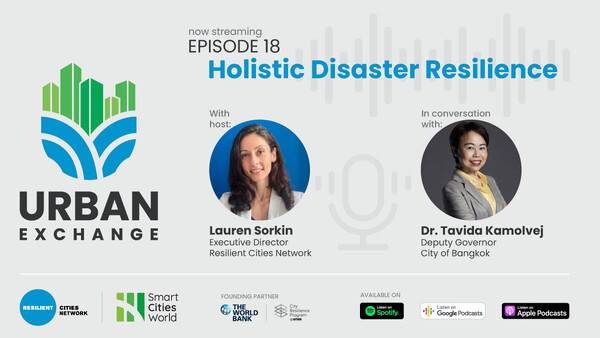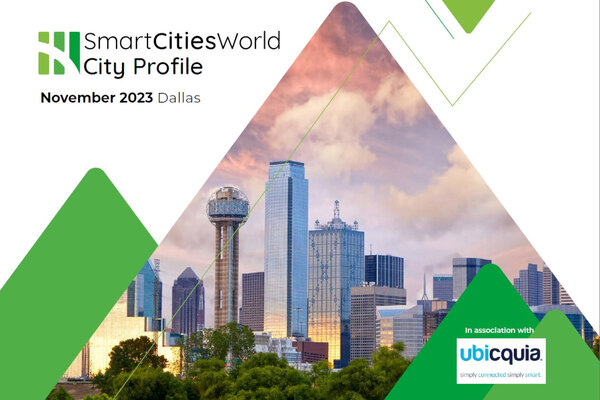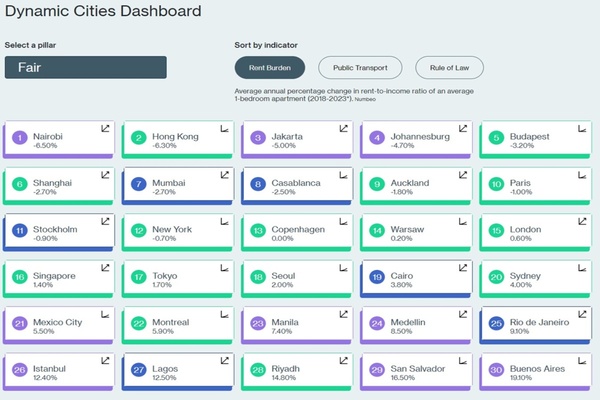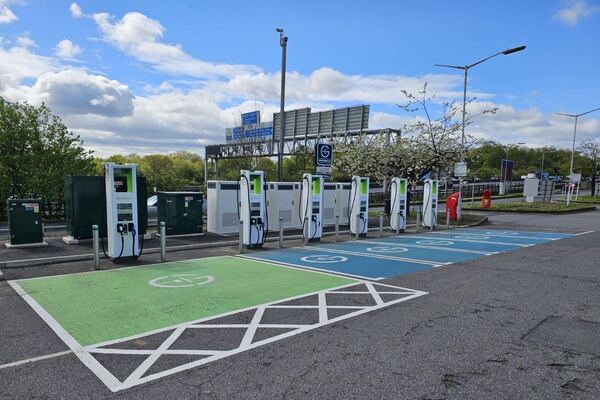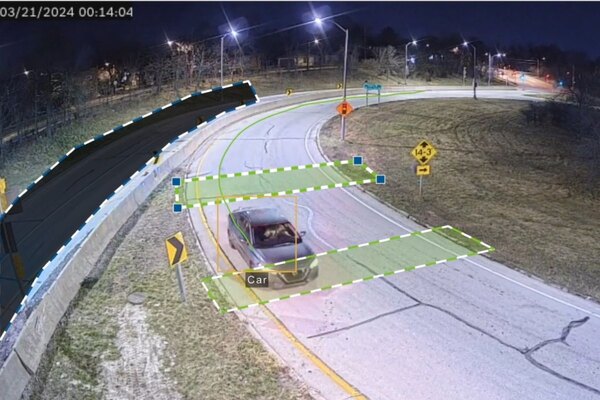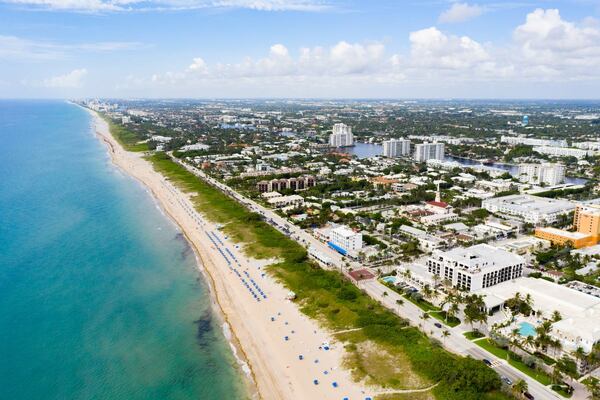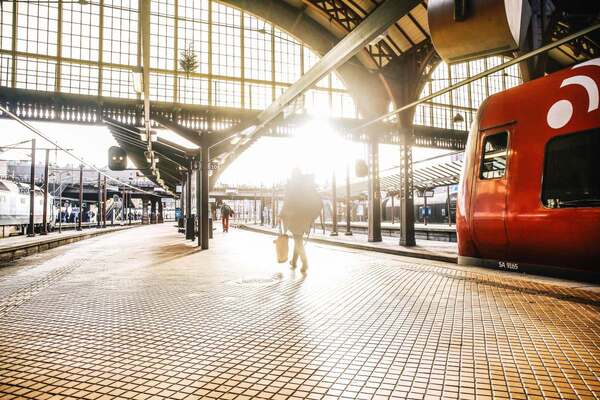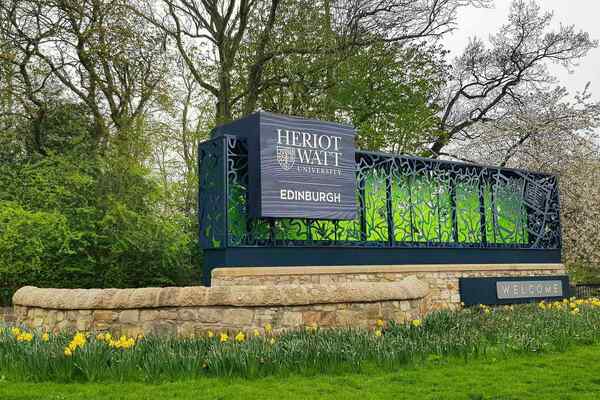Special Reports
SusHi Tech Tokyo 2024: experience ‘Tokyo 2050’ todaySponsored by The SusHi Tech Tokyo 2024 Showcase Program Executive Committee
London introduces world's first 24-hour ultra low emission zone
Londoners will breathe cleaner air with NOx road transport emissions estimated to fall by 45 per cent in the zone.
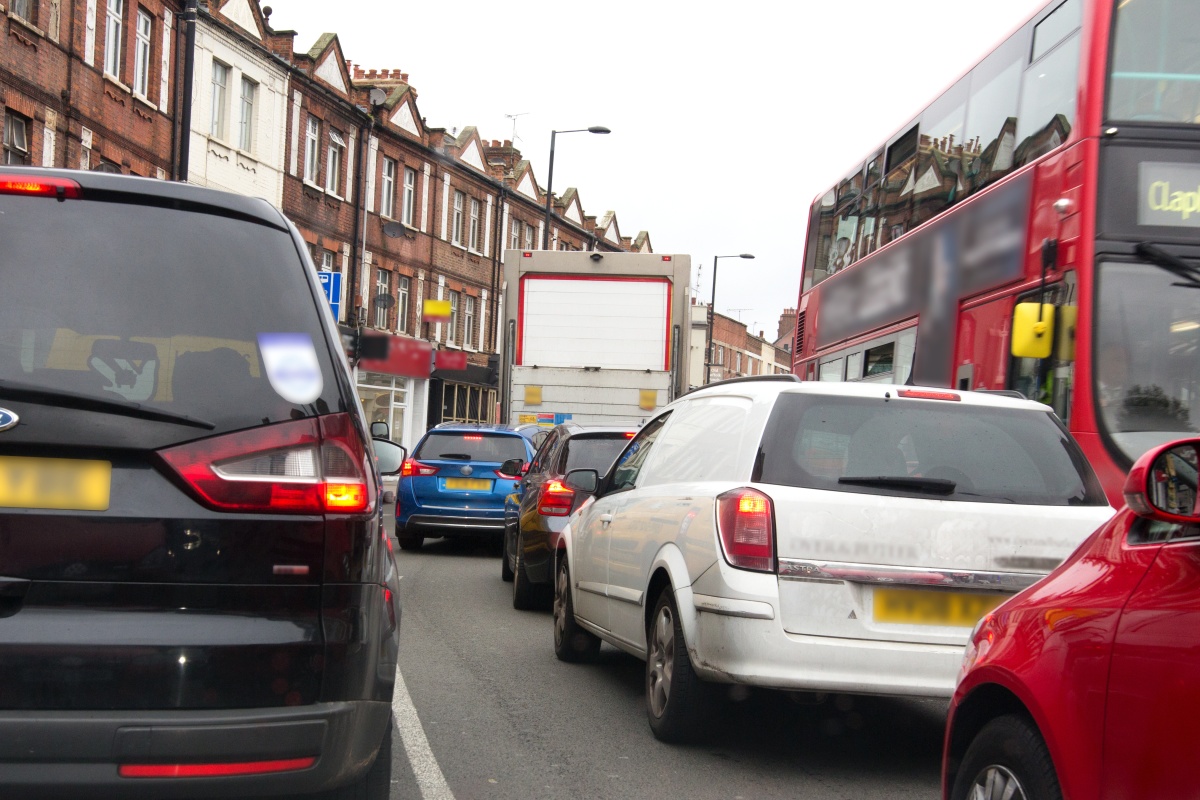
London has introduced what it claims is the world’s toughest vehicle emissions standard in the city centre to help reduce toxic air pollution and safeguard public health.
The central London ultra-low emission zone (ULEZ) will operate in the same area as the current congestion charge zone 24 hours a day, seven days a week, 365 days a year. It replaces the T-charge and operates alongside the congestion charge.
Economic cost of pollution
Polluting vehicles account for around 50 per cent of London’s harmful NOx air emissions, according to the mayor’s office. Air pollution has an economic cost to the capital of up to £3.7bn every year, and £20bn cost to the country every year.
Motorists who drive into the zone in a vehicle that does not meet the new emission standard (petrol vehicles that do not meet Euro 4 standards and diesel vehicles that do not meet Euro 6) will have to pay a daily charge.
Petrol vehicles that meet the standard have been widely available since 2006. There will be two ULEZ charge levels: £12.50 a day for cars, vans and motorbikes and £100 a day for lorries, buses and coaches.
Since February 2019, when the mayor of London, Sadiq Khan announced the introduction of the T-charge as a stepping stone for the ULEZ, there has been:
- A reduction in the total number of vehicles seen in the Central London ULEZ zone (around 11,000 fewer vehicles per day)
- A 38 per cent rise in the total number of compliant vehicles in the zone between February 2017 and March 2019
- An increase in the proportion of compliant vehicles in the Central London ULEZ zone from two-fifths (39 per cent) in February 2017 to three-fifths (61 per cent) in March 2019.
The ULEZ is the centrepiece of a range of hard-hitting measures the mayor has implemented to tackle London’s toxic air. From today 6,950 buses (75 per cent of all TfL buses) – including all buses operating in the ULEZ zone – meet or exceed the new emission standards. By October 2020 every bus in London – all 9,200 of TfL’s fleet – will meet or exceed the ULEZ standards.
“This is a landmark day for our city. Our toxic air is an invisible killer responsible for one of the biggest national health emergencies of our generation"
The most recent data on air pollution in London reveals that more than two million Londoners still live in areas that exceed legal limits for NO2, 400,000 of whom are children under the age of 18. King’s College London research has found that, if these measures were not implemented to tackle pollution, London’s air would not come into compliance with legal limits for another 193 years.
“This is a landmark day for our city. Our toxic air is an invisible killer responsible for one of the biggest national health emergencies of our generation. I simply refuse to be yet another politician who ignores it. The ULEZ is the centrepiece of our plans to clean up London’s air – the boldest plans of any city on the planet, and the eyes of the world are on us,” said mayor Khan.
“This is also about social justice – people in the most deprived parts of London, who are least likely to own a car, suffer the worst effects of harmful air pollution. I will not stand by and watch children grow up with under-developed lungs in our city. The ULEZ is a vital step towards helping combat London’s illegal air.”
“The introduction of the ultra-low emission Zone is a central and crucial part of the fight to improve London’s air for the benefit of everyone’s health, and it is great to see that so many drivers and businesses have already taken action to make sure their vehicles are compliant, added Alex Williams, director of city planning, Transport for London.
“The ULEZ will nearly halve road-based NOx emissions in central London, reducing air pollution which has led to thousands of premature deaths in the capital and stunted the development of children’s lungs.”
Response to changes
In a separate survey by insurance firm Bikesure 1,000 Londoners were surveyed to find out if their households have made any changes in response to the new regulations being introduced for ULEZ.
It found more than four fifths of Londoners (82 per cent) have changed or have thought about changing their transport in preparation for ULEZ.
The city will see a 141 per cent increase in the use of motorcycles (mopeds, scooters and motorcycles) travelling through the ULEZ as residents opt for low-emission models.
The survey also reveals that one third of Londoners (31 per cent) will not be able to afford to drive or ride their own vehicle within the new ULEZ, which is set to expand further to the north and south circular roads in October 2021.
You might also like:
- London installs air quality monitors in hospitals
- London launches advanced air monitoring network
- Air quality action will benefit the poorest Londoners most




